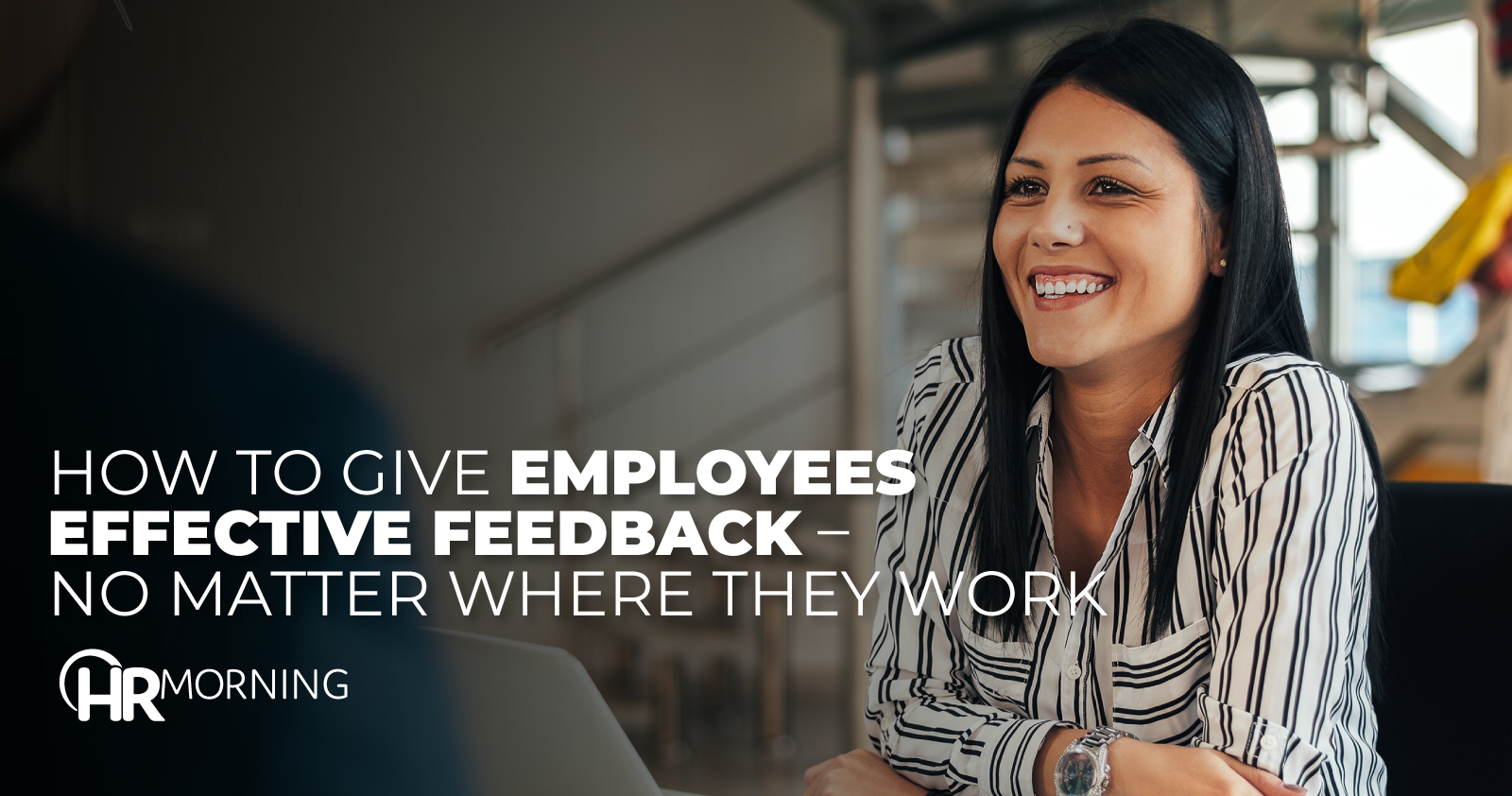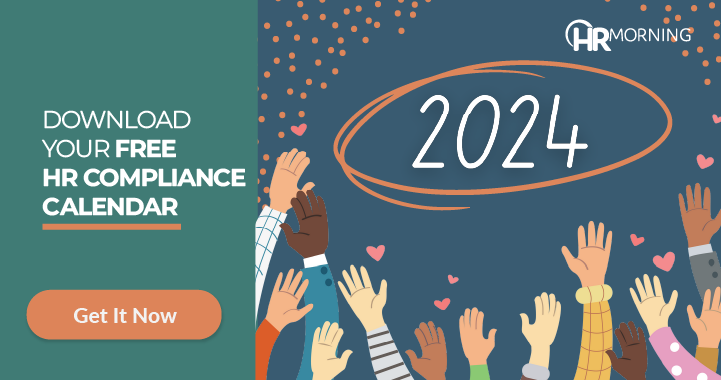Now that you’ve mastered working and managing from home, here’s the next challenge: remote performance reviews.
Under normal circumstances, performance reviews are stressful for both sides. Now leaders have to take stock of people they haven’t seen in months and review work they’ve only witnessed from afar.
Fortunately, leaders can do it effectively and fairly remotely. Here’s help from Wesleyan University Lecturer Rebecca Knight.
Consider the purpose
Before COVID-19, performance reviews and conversations often focused on weeding out bad behavior, improving work and rewarding great performance. But is that the case now?
Probably not. Instead, consider performance reviews as a platform to review the company’s near- and long-term goals, and where employees and their remote work fits in. Talk performance in the new norm with an eye on the big picture.
Re-imagine the assessment
Performance is usually a measure of performance against a goal – and that goal was probably set before the coronavirus. So you might need to change what you base the assessment on.
For instance, is it realistic that a salesperson hits goals when the industry she sells to was shut down for three months? Instead, you might want to focus more on employees’ growth, learning and adaptability.
Reconsider ratings
Similarly, managers and supervisors might want to reconsidering using anything that’s numerically rated for performance reviews. Just like many schools went to “pass/fail,” you might try something similar when rating the performance of tasks.
Get some different perspective
Experts warn that leaders’ biases – positive and negative – can be amplified now. So in your separation it may still look like superstars are doing outstanding work and stragglers are just dropping the ball.
To counter potential biases, look for other sources for performance reviews. Request self-evaluations. And ask others how the employee you’re reviewing proactively communicates, connects, helps, collaborates, etc.
Meet face to face
Zoom fatigue is real, but it’s important to have performance review conversations face to face, as you would if you worked onsite together.
You’ll have to watch for body language – and ask specific questions if you suspect they feel differently than what they say. For instance, if they sit cross armed – which indicates resistance – you’ll want to ask if there’s something they don’t agree with.
Show compassion
Recognize and acknowledge the extremely different circumstances employees work under now – such as trying to juggle dependent care with their work and home duties.
Ask how they’re doing in this unprecedented situation and if there are ways you can help them thrive and be more successful.
Maintain balance
Leaders can’t give passes to employees who have blatant disregard for their performance. But experts suggest giving a little more leeway with poor performers, who you’d demand improvement from under normal circumstances. Find out why they struggle and devise a plan to reasonably improve over a longer period than normal.
On the flip side, it’s critical to acknowledge and praise hard work, engagement and solid collaboration.



